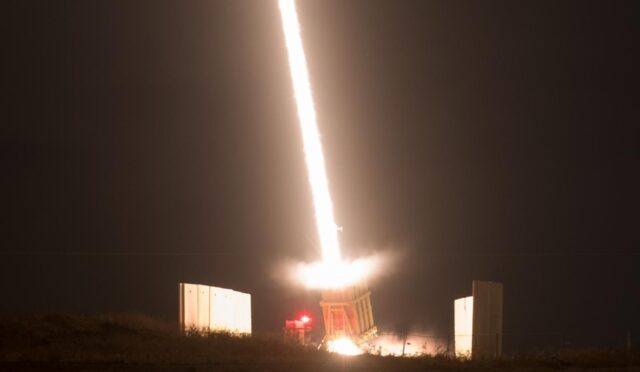Finland’s Decision to Withdraw from the Ottawa Treaty
In a significant move on Tuesday, Finland’s Prime Minister Petteri Orpo announced the country’s intention to withdraw from the Ottawa Treaty, an international agreement banning anti-personnel mines. This decision follows a worrying trend among NATO countries in Europe, particularly in light of escalating threats emanating from Russia. As a new NATO member sharing a border with Russia, Finland is reassessing its security stance in these turbulent times.
Orpo stated that the evolving security landscape in Europe prompted this shift, emphasizing the need for Finland to evaluate all measures that could bolster its deterrence and defense capabilities. “Finland and Europe need to reinforce our individual and collective defense strategies within NATO,” the Prime Minister articulated at a recent press conference. He confirmed that preparations to exit the treaty would commence soon.
Responses from the Nordic Region
Finland’s announcement is part of a broader pattern that includes the actions of four other NATO countries located on the alliance’s eastern flank: Poland, Lithuania, Latvia, and Estonia. These nations are also taking preliminary steps to withdraw from the treaty, citing Russia’s heightened security threats as their primary motivation. Importantly, any move by Finland to exit the treaty requires approval from its parliament, which will consider the decision for six months before formal withdrawal.
Experts are analyzing the implications of this considerable policy shift. Iro Sarkka, a senior researcher at the Finnish Institute of International Affairs, pointed out that this indicates Finland’s readiness to prioritize national security, even at the cost of international law. “Although this approach may not align perfectly with international legal standards, it enhances military capability and effectively supports Finland’s security interests,” she remarked.
Security Enhancements Amidst Russian Threats
The decision to withdraw from the Ottawa Treaty comes after Finland, which shares a lengthy 1,340-kilometer border with Russia, has intensified its defense measures. Following Russia’s invasion of Ukraine in 2022, Finland abandoned its longstanding policy of military non-alignment and sought NATO membership. Helsinki’s proactive stance included closing its eastern border with Russia due to an influx of undocumented migrants earlier this month, which Finnish authorities attribute to hostile maneuvers by Russia.
Meanwhile, Finland’s Foreign Minister Elina Valtonen reassured the public of the country’s commitment to humanitarian responsibilities and the ethical use of mines, stressing that the nation adheres to international agreements. Yet, she acknowledged the unfortunate reality of dealing with a neighbor, Russia, that does not honor such commitments.
Regional Solidarity and Defense Posture
Lithuania’s Defense Minister, Dovile Sakaliene, expressed her support for Finland’s withdrawal from the Ottawa Treaty, framing it as a clear manifestation of the region’s resolve to strengthen its defense capabilities. In a Facebook post, she highlighted the significance of aligning defense strategies among NATO countries sharing borders with Russia, underscoring that these nations are prepared to take all necessary measures to safeguard their territories from potential invasion.
Sarkka noted that the concurrent announcements from these five NATO states reflect a growing alignment in defense policies aimed at countering Russian aggression. This collective approach could reshape defensive strategies in the region, fostering a united front against threats.
Implications of the Ottawa Treaty
The Ottawa Treaty, established to prohibit the use, stockpiling, production, and transfer of anti-personnel landmines, currently has more than 160 signatories, including Ukraine. However, notable absences among signatories include significant military powers such as the United States and Russia. Finland had previously surrendered its stockpile of ant personnel mines in 2012 upon joining the treaty, which resulted in the destruction of over a million mines.
Orpo also announced a substantial increase in Finland’s defense expenditure, projecting to allocate at least three percent of its GDP to defense by 2029. This funding will facilitate necessary reforms within the national defense forces to confront the deteriorating security situation more effectively. The Prime Minister expressed confidence that these initiatives would receive widespread parliamentary support, ensuring that Finland’s defense preparations remain robust for years to come.







